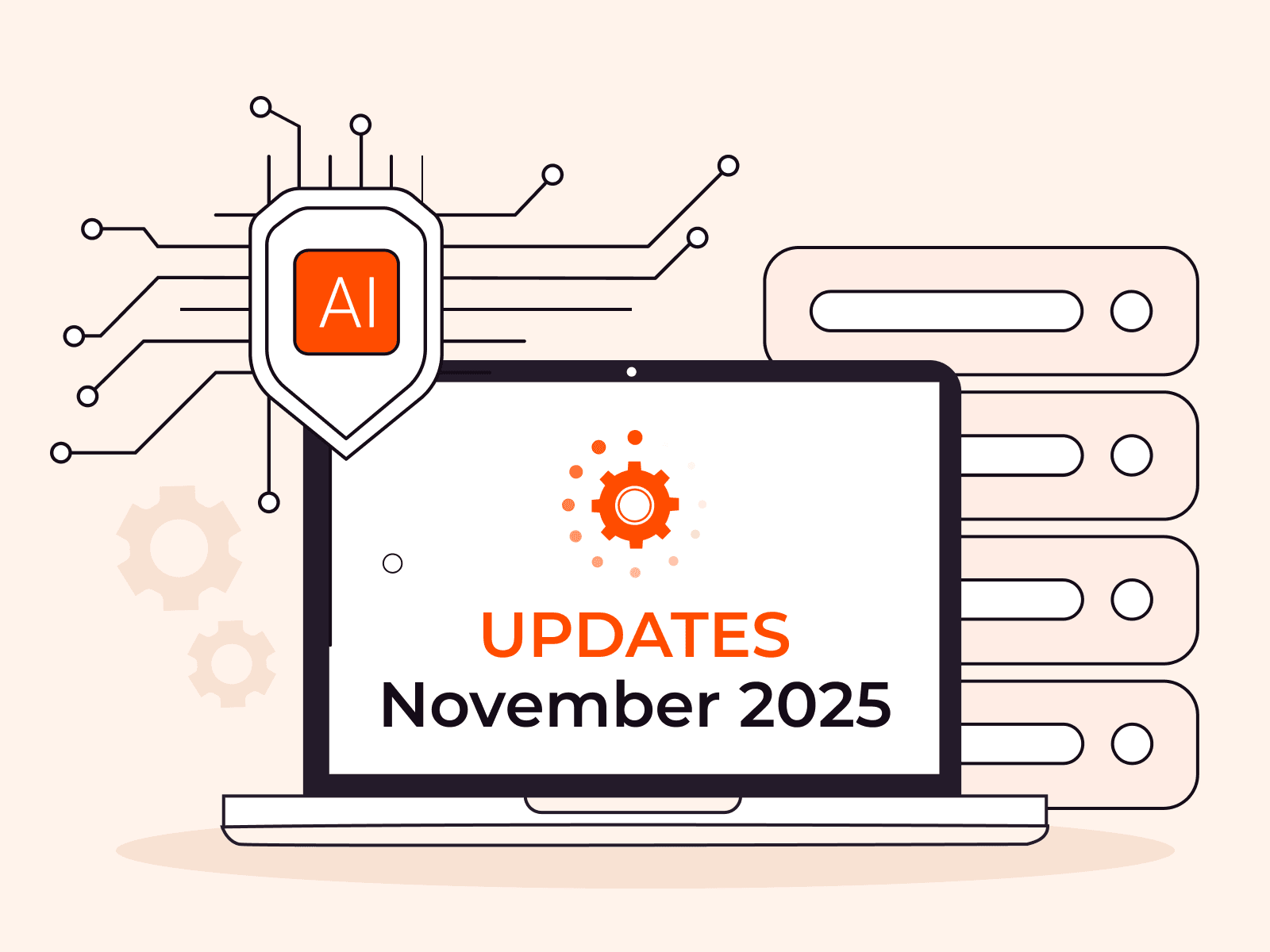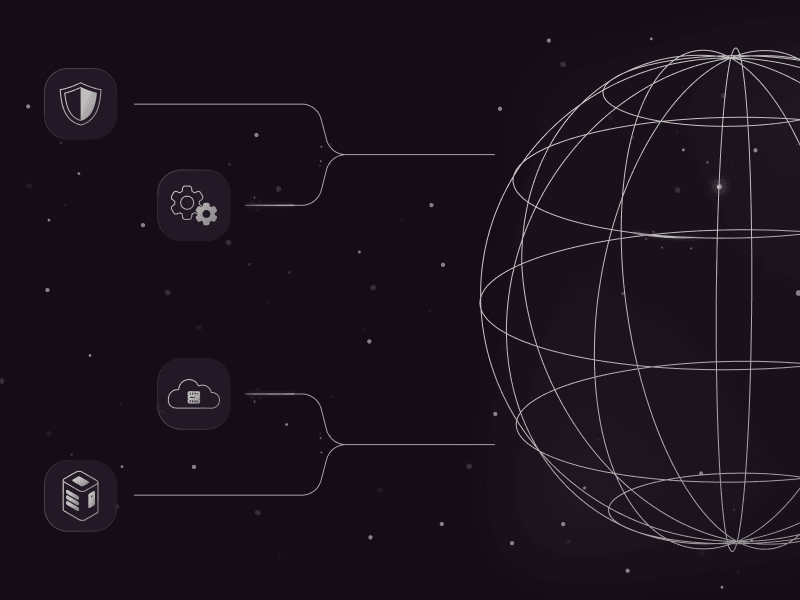We read everything written in the press about us
- January 5, 2018
- 1 min read

We have opened the Press section on our website. Now you can find everything that all IT and business publications write about us and our products in one place. Enjoy reading!
In addition, a new email box for journalists and media has appeared—pr@gcore.com.
We will be pleased to answer your questions, comment, describe our products in an interesting and detailed manner.
Write us.
Related articles
Subscribe to our newsletter
Get the latest industry trends, exclusive insights, and Gcore updates delivered straight to your inbox.






